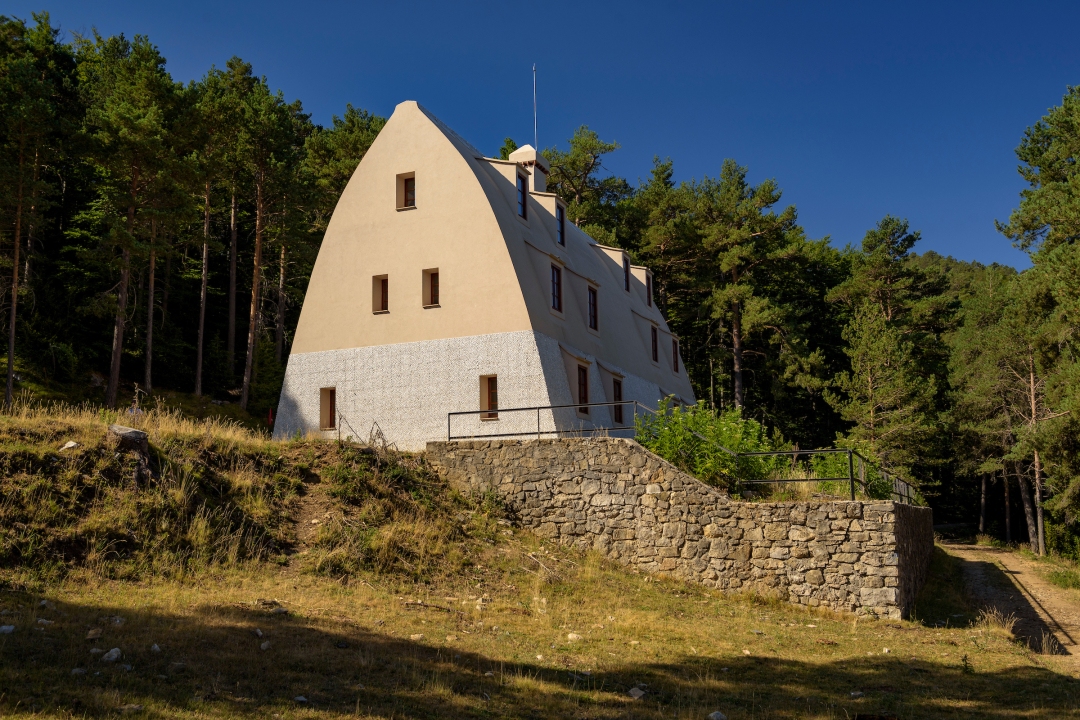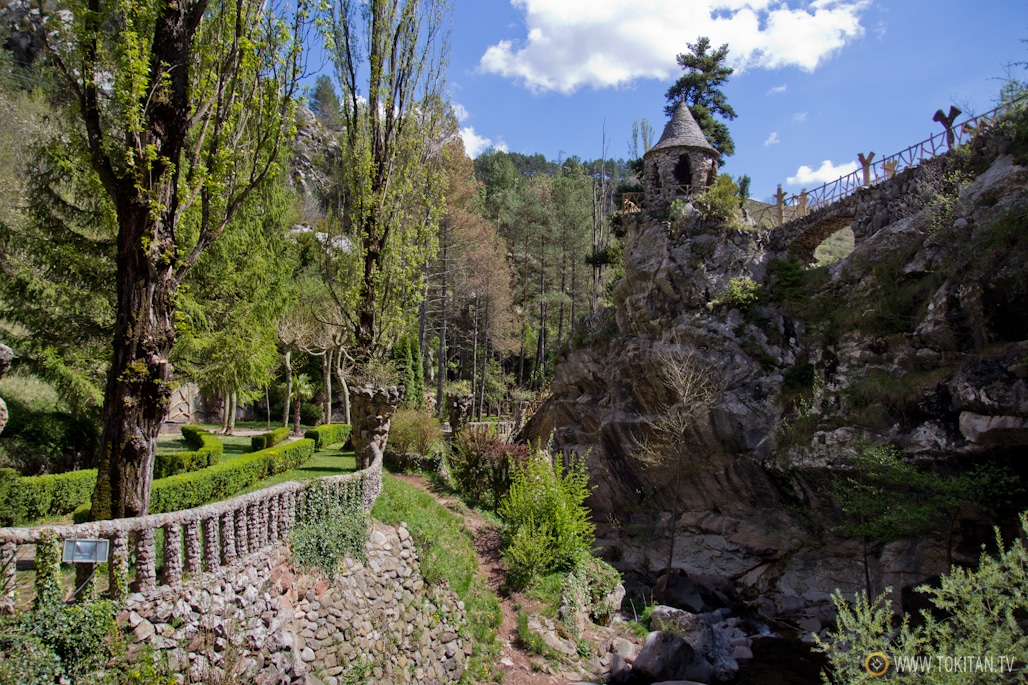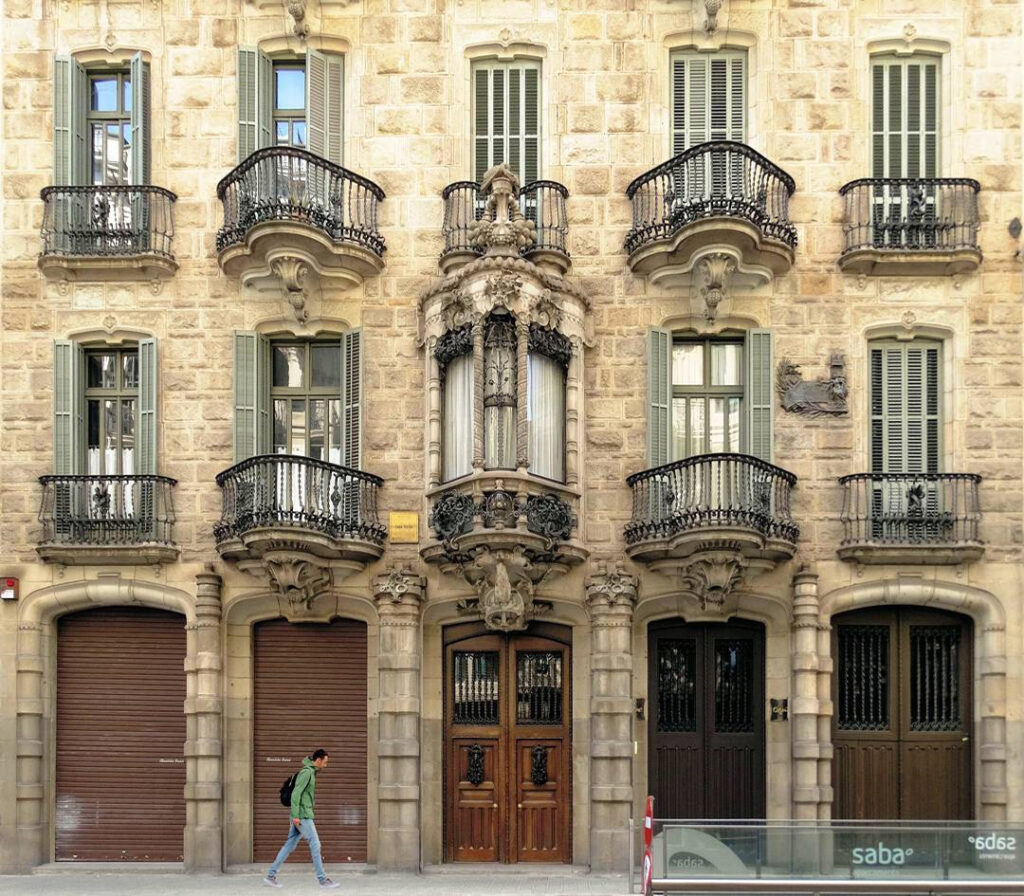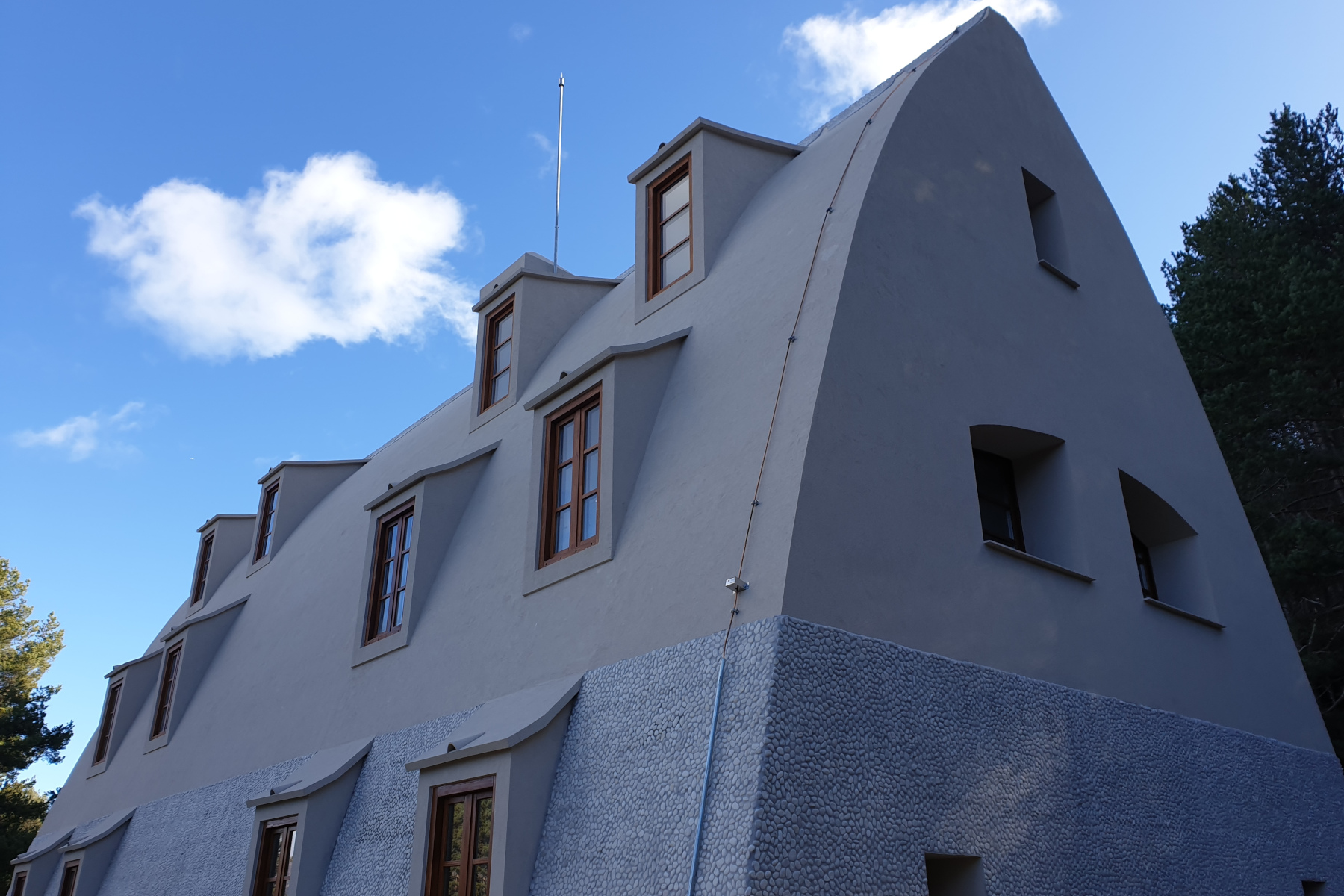The invisible project: a daring proposal as a final degree
How was the beginning of Gaudí's architecture? While some of his works like the Sagrada Família and Park Güell are widely recognized, his journey as an architect began earlier in his studies. His final degree project is a crucial piece that set the stage for what came next.
- Gaudi's Work |
- Unbuild Projects
The pioneering final degree project that shaped the future
To understand the significance of Gaudí’s final degree project, it’s essential to consider his college years. He attended the Provincial School of Architecture in Barcelona, where he was known for his dedication and hard work. Despite facing financial difficulties, he managed to finish, often going above and beyond the requirements.
His time in college was marked by a relentless pursuit of knowledge. He was particularly fascinated by the works of medieval and Gothic architecture, which heavily influenced him. His professors recognized his potential early on, although his unconventional ideas sometimes put him at odds with the more traditional faculty members.


This final degree project was not merely an academic requirement, it was a demonstration of Gaudí’s innovative spirit and his ability to think beyond conventional architectural norms. Submitted in 1878, this project was a design for a university assembly hall. The primary objective was to showcase the students understanding of architectural principles and demonstrate their capacity to integrate them into practical, aesthetically pleasing structures.
While his project was met with a mixture of admiration and skepticism, it was clear that Gaudí’s unconventional methods were beginning to challenge traditional architectural thinking. His professors noted his exceptional ability to combine form and function, predicting his future success in pushing the boundaries of architecture. He employed a variety of materials and construction techniques too, showcasing his diverse skill set. And, for instance, his innovative use of parabolic arches in the design demonstrated his advanced understanding of geometry and structural mechanics.

The design Gaudí did was revolutionary for its time. He incorporated elements that would later become hallmarks of his work, such as the use of natural forms and the incorporation of light. His approach to the assembly hall was both functional and visionary, displaying his knack for blending practicality with artistic expression.
The project highlighted his ability to merge functionality with artistic beauty, setting him apart from his contemporaries. This project, often overshadowed by his later masterpieces, is a crucial piece in understanding his development as an architect and his enduring legacy.






